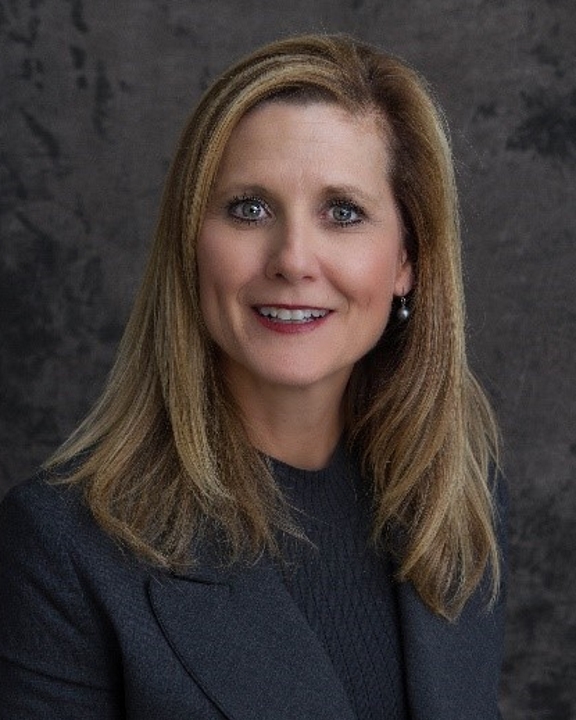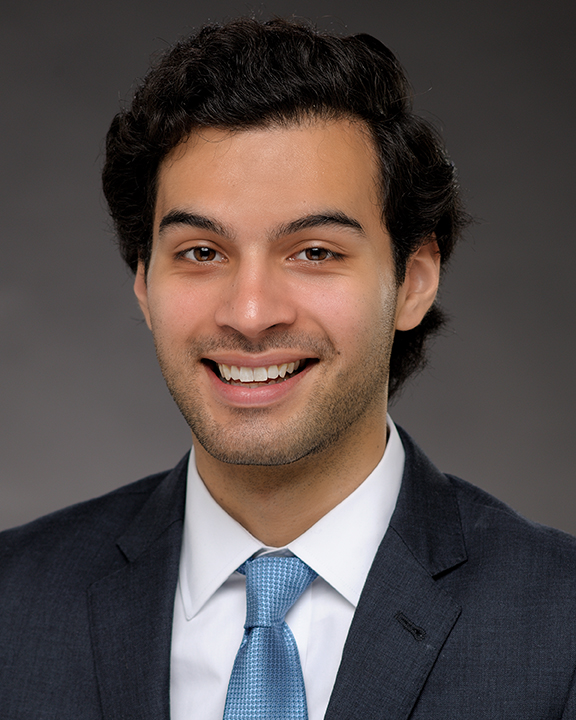It’s been more than 18 months since U.S. Health Resources & Services Administration (HRSA) added any new access point (NAP) grants to establish care clinics in underserved areas. Given the success of those grants and the fast-approaching August 31, 2021 end to the current two-year funding period, providers should begin preparing now to apply for another round of NAP grants.
The need
Nearly 80 percent of rural America is medically underserved.1 Some 30 million Americans live at least a 60-minute drive from a hospital with trauma care services2 while many more live in urban medical deserts, putting them more than five miles and at least one hour by public transportation from the nearest acute-care facility.
To improve health care access, HRSA awarded more than $50 million in NAP grants in September, 2019. The grants funded 77 health centers across 23 states, Puerto Rico, and the Commonwealth of the Northern Mariana Islands. The NAP grants provide operational support for new organizations to become HRSA Health Center Program grantees and for existing community health centers to establish new care delivery sites. Each new site is a full-time, permanent health care facility, focused on primary care. The new locations have treated more than 400,000 new patients.
Should you apply?
Providers should assess how adding a new location could positively impact their organization and understand different eligibility qualifications for Federally Qualified Health Centers (FQHC), FQHC Look-Alikes, and organizations seeking one of those designations. Each new site must be a full-time, permanent healthcare facility, focused on primary care.
Some considerations:
- Existing FQHC: The new access point needs to be a new location serving a new population, not a new building or location replacing an existing location.
- FQHC Look-Alike: Just as with FQHCs, the new access point must be a new location and population not currently being served. Receiving a new access point grant would transition the organization to a fully funded FQHC and would extend Federal Tort Claims Act coverage to the entire organization. Also, FQHC Look-Alikes receive extra points towards their applications.
- New provider: A new nonprofit organization that is a provider can apply and be accepted as a 330 fully funded FQHC. The organization would have to be prepared to be in compliance with all 19 program requirements within the specified period.

Health centers and other applicants may apply for funding to establish a single new access point site or multiple sites in a single NAP application as long as at least one proposed new access point site is a full-time, permanent site. The exception is proposed NAP projects serving only migratory and seasonal agricultural workers, which can be seasonal rather than permanent.
Regardless of the number of new sites, the maximum award is $650,000 a year.
Eligibility details
In all cases, the key to success is demonstrating there is an unmet need and that you can address it.
Applicants:
- Must be a public or nonprofit entity
- Provide comprehensive primary medical care as the main purpose of the NAP project. You cannot serve only a single age group, address a single health issue/disease category, or provide only a subset of the required primary health care services
- Ensure required primary health care services will be available and accessible in the service area, proposing at least one full-time permanent site at least 40 hours per week
- Propose service delivery sites located in an area with a shortage of health services
- Locate in a different building than any existing site already in the scope of project of any Health Center Program award recipient or look-alike
- Propose to serve, in whole or in part, a medically underserved area (MUA) or medically underserved Population (MUP)
Requirements
Within 120 days of the notice of award, all proposed sites must begin delivering services to the proposed target population.

The sites also must:
- Demonstrate compliance with Health Center Program requirements, assessed during an operational site visit
- Achieve the number of unduplicated patients projected to be served
- Annually report data on patients, services, staffing, and financing in the Uniform Data System
COPE Health Solutions has worked with non-profits, FQHC Look-Alikes and FQHCs to submit successful NAP grant applications and our team is available to help organizations considering this opportunity.
For more information, please contact Armand Rabii at arabii@copehealthsolutions.com or Allen Miller at amiller@copehealthsolutions.com.
Footnotes:
1 ‘Out here, it’s just me’: In the medical desert of rural America, one doctor for 11,000 square miles, Washington Post, September 28, 2019
2 “Disparities in Access to Trauma Care in the United States: A Population-Based Analysis,” Injury, February, 2017


